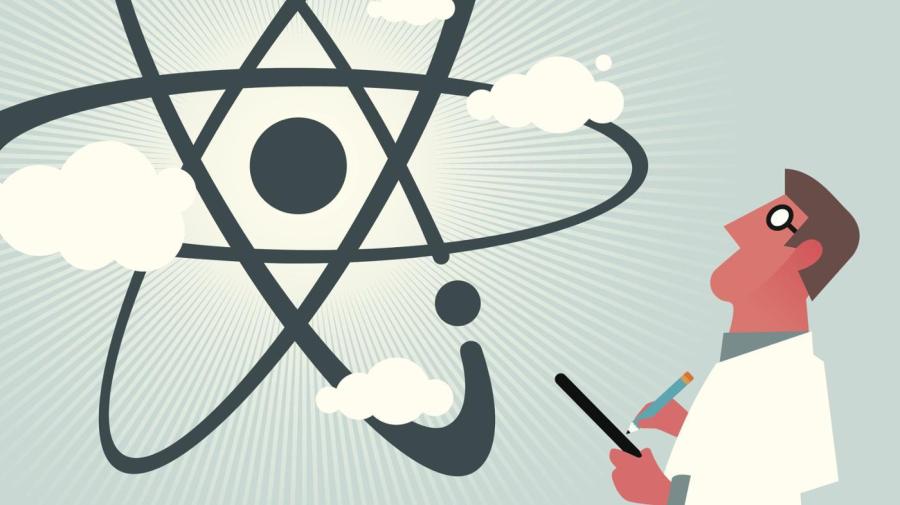What Makes up an Atom?

Atoms are made of protons, neutrons and electrons with the exception of hydrogen atoms, which do not have any neutrons. The nucleus of an atom contains the protons and neutrons, and the electrons are found outside the nucleus in orbitals. Because protons have a positive charge and electrons have a negative charge, they attract each other to hold the atom together. Protons and neutrons are much heavier than electrons and make up most of an atom’s mass.
Atoms are the basic building blocks of all matter and the smallest unit of substance that retains all the properties of the element to which it belongs. Scientists have identified 115 types of atoms, each with its own pattern of protons, neutrons and electrons, but there remains the possibility that more exist. Atoms bond together in patterns to form molecules. Groups of molecules make up everything that exists, both living and inanimate.
Atoms that have lost or gained an electron are called ions. Both the number of electrons and the arrangement of the electrons of an atom contribute to its sensitivity to becoming an ion. Ions have a negative or positive charge and are attracted to other atoms. This attraction facilitates atom bonding, which is necessary to form molecules. Molecules consisting of bonded atoms of more than one element are called compounds.





